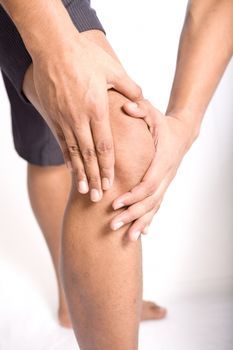For most cases, treatment for Arthritis depends on the diagnosis. Generally, the desired outcomes are to relieve joint pains, preserve joint function and prevent deformities. Surgery may be necessary. Medication will depend on the underlying condition.
1. Pain relief. Analgesics (painkillers) are commonly used in the relief of joint pains. They can be simple analgesics or drugs termed nonsteroidal anti-inflammatory drugs (NSAIDs). NSAIDs are effective but have the common side effect of gastric irritation. The elderly are especially at risk of bleeding in the stomach or intestine.
*Adequate rest and weight reduction, especially in the case of osteoarthritis, can also help to relieve pain. Heat therapy relieves many patients suffering acute or chronic pain.
2. Preserving joint function and preventing deformities. Early proper treatment of specific conditions like rheumatoid arthritis can prevent deterioration and permanent joint damage leading to deformities. See a specialist early for treatment. Physiotherapeutic exercises, including hydrotherapy, are useful in treating acute pain and maintaining joint function.

3. Surgical intervention. At times, joint deformities occur causing chronic persistent pain. They can also severely affect mobility, thus resulting in a poor quality of life. Joint replacement surgery may have to be performed on individuals affected. Continue reading
 Image by isnabeel
Image by isnabeel